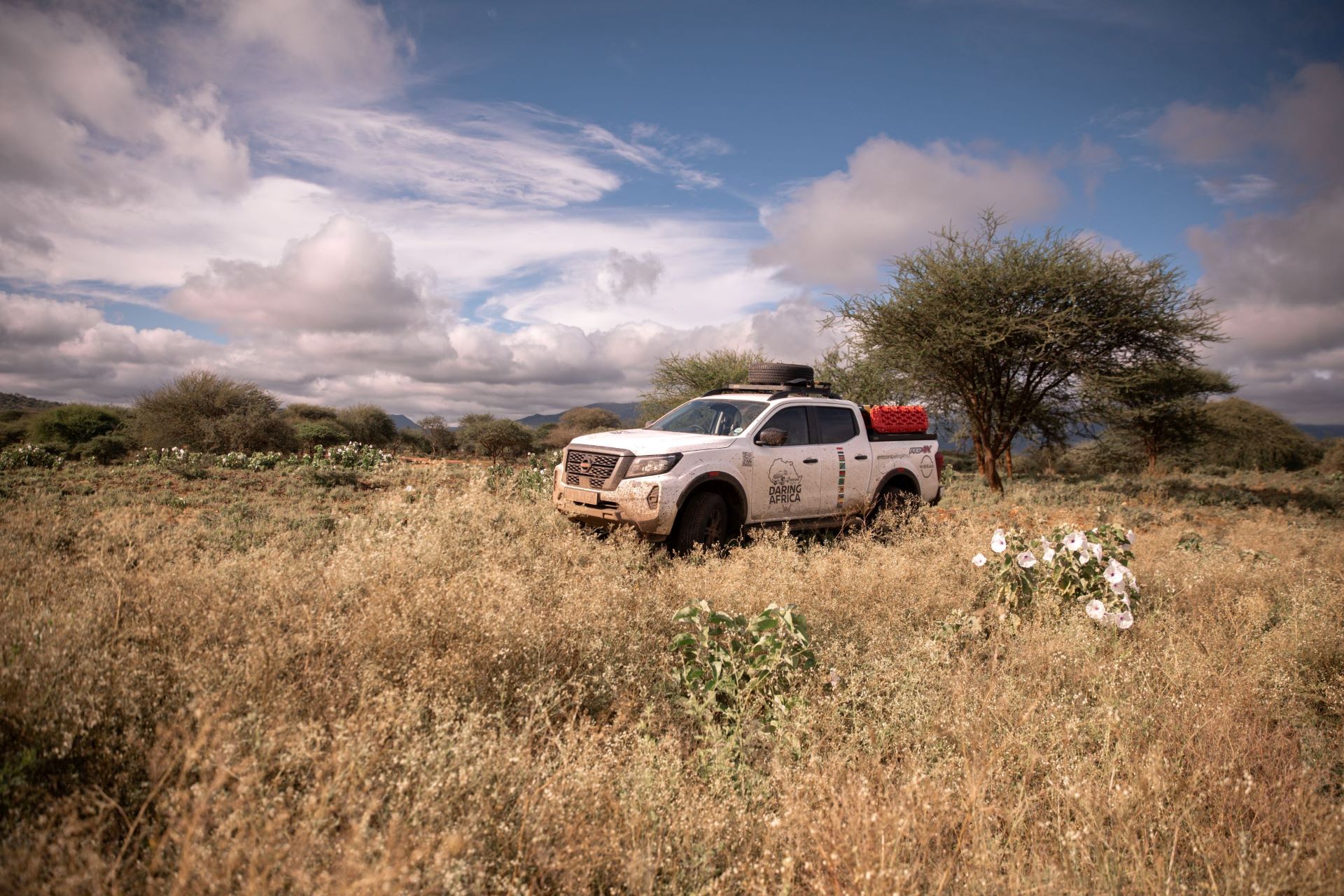Independência do Brasil

Today 7 September 2013 Google announced the “Independência do Brasil” with their Google Doodle on the Google Brazil search engine homepage. Independência do Brasil directly translated to English means Independence of Brazil.
Called Independence of Brazil the process that led to the political emancipation of the Brazilian territory of the United Kingdom of Portugal, Brazil and the Algarves (1815-1822), early in the nineteenth century, and the establishment of the Empire of Brazil (1822-1889), in the same year. Officially, the date is celebrated from September 7 of 1822, which was called the ” Grito do Ipiranga “.
According to the historiography of the country classic, this time on the banks of Ipiranga brook (now the city of São Paulo ), the Prince Regent of Brazil , then D. Pedro Alcantara de Bragança (the future Emperor Dom Pedro I of Brazil), have hailed before his entourage: ” Independence or Death! “. Certain aspects of this version, however, is disputed by some historians today.
The modern historiography history of Brazil refers the beginning of the process of independence for transfer of the Portuguese court to Brazil in the context of the Peninsular War, from 1808.
In late August 1822, D. Peter went to the province of São Paulo to calm the situation after a rebellion against Jose Bonifacio. Despite having been instrumental to the interests of the landed aristocracy, which befitted monarchical solution for independence, we must not neglect their own interests. The Prince had training absolutist and therefore opposed the Revolution of Porto, the liberal character. Likewise, the policy of Cortes recolonizadora displeased the Brazilian public. And that was it based alliance between D. Peter and the “Brazilian party”. Thus, although the independence of Brazil can be seen objectively as a work of the landed gentry, one must consider that began as a compromise between the conservatism of the landed aristocracy and the absolutism of the Prince.
Monument to Independence in Independence Park, in São Paulo , the place where he was proclaimed the independence of Brazil.
On September 7, returning from Santos , standing on the banks of the Ipiranga creek , D. Peter received a letter from his father orders him to return to Portugal , submitting to the king and the Cortes. Came together two other letters, one of Jose Bonifacio, who advised D. Pedro the break with Portugal, and the other wife, Maria Leopoldina of Austria , supporting the Minister’s decision and warned: ” The bone is ripe, reap it now, otherwise they rot . ”
Today Brazil is an independent country, next year they will host the 2014 Soccer World Cup and there is a very good chance that I will visit Brazil for the first time. Long live Independence in Brazil, long live “Independência do Brasil”.


